K2-18b: The Ocean World That Could Outlive Humanity
In the vast expanse of our universe, few discoveries have ignited as much intrigue as K2-18b—a distant exoplanet that might not only harbor life but could also outlast our own civilization. BBC
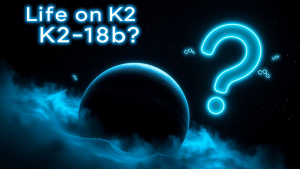
🌍 A Glimpse into K2-18b
Located approximately 124 light-years away in the Leo constellation, K2-18b is a sub-Neptune exoplanet orbiting the red dwarf star K2-18. Discovered in 2015 by NASA’s Kepler mission, this planet has since captivated astronomers due to its unique characteristics. With a mass about 8.6 times that of Earth and a radius 2.6 times larger, K2-18b resides within its star’s habitable zone—the region where conditions might be just right for liquid water to exist. New York Post+7news+7The Sun+7New York Post Wikipedia
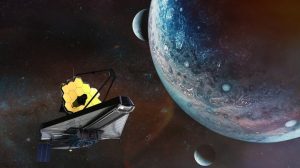
🌊 The Hycean Hypothesis
K2-18b is believed to be a “Hycean” world—a term combining “hydrogen” and “ocean.” These planets are theorized to have vast liquid water oceans beneath hydrogen-rich atmospheres. Such conditions could create environments conducive to life, even if vastly different from Earth’s.
But here’s the catch: we don’t know if K2-18b has a solid surface like Earth or if it’s more like a gas-heavy mini-Neptune with no clear boundary between atmosphere and ocean. Its high gravity and dense atmosphere might create exotic conditions, like supercritical water, blurring the line between liquid and gas. Still, the idea of an ocean world keeps us hooked.
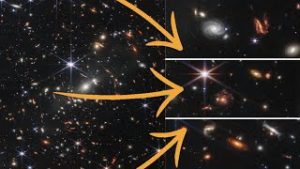
🔬 Signs of Potential Life
Recent observations using NASA’s James Webb Space Telescope (JWST) have detected carbon-bearing molecules, including methane and carbon dioxide, in K2-18b’s atmosphere. These findings suggest the planet could possess a water ocean beneath its hydrogen-rich atmosphere. news+8NASA+8The Times+8
Moreover, tentative signs of dimethyl sulfide (DMS)—a molecule produced by marine organisms on Earth—have been identified. If confirmed, this could be the strongest evidence yet of life beyond our solar system.
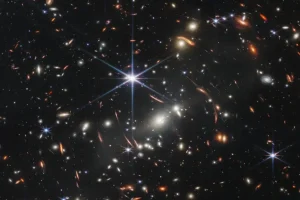
⚠️ A Note of Caution
While these discoveries are promising, the scientific community urges caution. Some researchers argue that the detected chemical signatures could result from non-biological processes. Further observations and analyses are necessary to confirm the presence of life on K2-18b.
🧬 Implications for Humanity
The potential discovery of life on K2-18b challenges our understanding of life’s uniqueness and resilience. If life thrives in such alien conditions, it suggests that the universe might be teeming with diverse life forms.
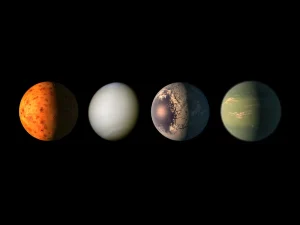
Moreover, considering the longevity of red dwarf stars like K2-18, which can burn for trillions of years, life on K2-18b could persist long after Earth becomes uninhabitable. This raises profound questions about humanity’s place in the cosmos and the future of life itself.
🌌 Final Thoughts
K2-18b stands as a beacon in our quest to understand the universe and our place within it. As we continue to explore and learn, this distant ocean world reminds us of the endless possibilities that await discovery.
What are your thoughts on K2-18b and the potential for life beyond Earth? Share your insights in the comments below!

